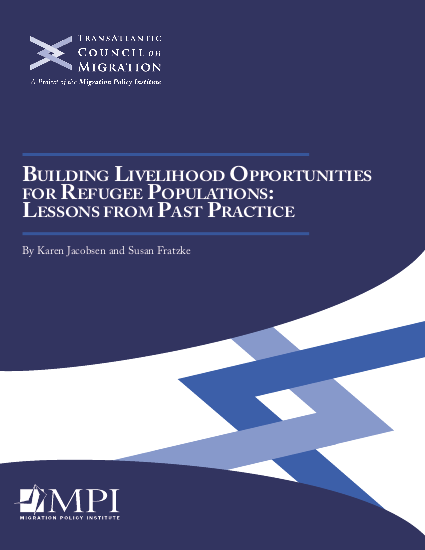
Most refugee situations are not resolved quickly. Instead, they become protracted, stretching over years or even decades, often without a clear end in sight. Of the 65.3 million forcibly displaced people worldwide—some 21 million of whom were refugees as of 2016—more than 40 percent are in situations that have become protracted (ongoing for five years or more). Because of this, it has become more important than ever to find ways to better integrate refugees into countries of first asylum, particularly by ensuring they have access to livelihoods and economic opportunities.
Livelihood programs and interventions have typically been designed and implemented by the United Nations High Commissioner for Refugees (UNHCR), often in collaboration with international humanitarian nongovernmental organizations (NGOs). Yet despite the surging interest and investment, including at the highest political levels, refugee livelihoods is a relatively new field that must work through a number of growing pains and implementation challenges before it can live up to its potential.
This report outlines the types of livelihood efforts that aid agencies have undertaken in countries of first asylum and explores the challenges they face in realizing the full promise of these approaches. In the face of little rigorous evaluation of such programs, the authors offer a range of recommendations to improve effectiveness.